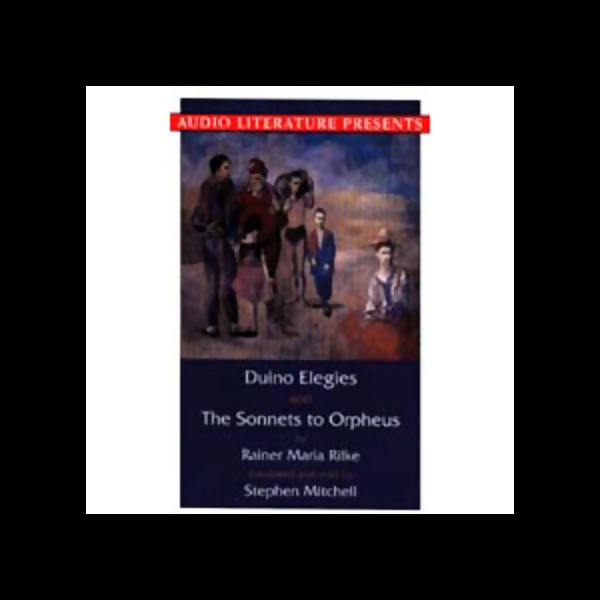
From out of the fierce wind, Rilke seemed to hear a voice: Wer, wenn ich schriee, horte mich denn aus der Engel Ordnungen? (If I cried out, who would hear me up there, among the angelic orders?). One morning he walked out onto the battlements and climbed down to where the cliffs dropped sharply to the sea. Rainer Maria Rilke was staying at Duino Castle, on a rocky headland of the Adriatic Sea near Trieste.


At the same time, this collection, in Stephen Mitchell’s definitive translation, reveals the thoughts and feelings of one of the greatest poets and most distinctive sensibilities of the twentieth century. Eloquent and personal, Rilke’s meditations on the creative process, the nature of love, the wisdom of children, and the importance of solitude offer a wealth of spiritual and practical guidance for anyone.

The two never met, but over a period of several years Rilke wrote him these ten letters, which have been cherished by hundreds of thousands of readers for what Stephen Mitchell calls in his Foreword the "vibrant and deeply felt experience of life" that informs them. Written when the poet was himself still a young man, with most of his greatest work before him, they were addressed to a student who had sent Rilke some of his own writing, asking for advice on becoming a writer.

Rilke’s Letters to a Young Poet are arguably the most famous and beloved letters of the twentieth century.


 0 kommentar(er)
0 kommentar(er)
